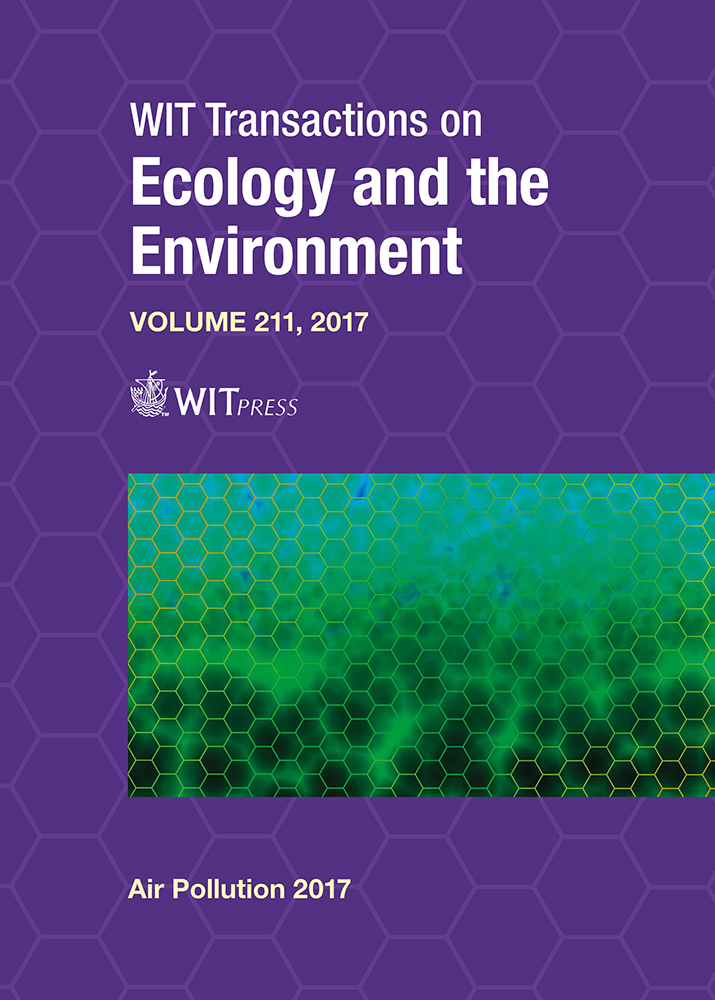THE INFLUENCE OF BTEX LANDFILL GAS EMISSIONS: A CASE STUDY OF RESIDENTS IN ROODEPOORT, GAUTENG, SOUTH AFRICA
Price
Free (open access)
Transaction
Volume
211
Pages
11
Page Range
149 - 159
Published
2017
Size
1,345 kb
Paper DOI
10.2495/AIR170151
Copyright
WIT Press
Author(s)
SARAH ROFFE, RAEESA MOOLLA, STEFAN GRAB
Abstract
Landfills produce pollutants that negatively impact humans and the environment. In developing countries such as South Africa, landfilling is the most common form of solid waste management. People living in close proximity to landfills are particularly at risk to harmful pollutants such as volatile organic compounds (VOCs). Although VOCs only constitute ~1% of landfill gas (LFG) emissions, they are of concern as the risk associated with these pollutants is high. Of particular concern within the VOCs, is the BTEX group (viz. benzene, toluene, ethyl benzene and xylenes). These pollutants are wind dispersed to surrounding residential areas, exposing residents to hazardous gases. BTEX LFG emissions were quantified and spatially mapped using Radiello Passive Samplers (analysed by a GC with built-in FID) in residential areas around a landfill in Roodepoort, South Africa. The BTEX levels ranged from 8.83 to 39.62 μg.m–3. The effect of the slow south to south-westerly wind speeds of ~2.44 m.s–1, the valley terrain, and the location of the landfill resulted in a BTEX ‘hotspot’ north and east of the landfill site. Combined with the passive sampling strategy, a study on residents perceptions revealed that residents were concerned with this ‘hotspot’ area and linked it to the landfill site. They were furthermore concerned with the landfill’s associated pollution and odours. It was concluded that residents living closer to the landfill were at higher risk to BTEX, especially during the winter season. Future work should include sampling at the landfill site, specifically over different time frames to include seasonality, and possibly using different sampling methods.
Keywords
VOCs, BTEX, landfill gas, perceptions, spatial distribution





